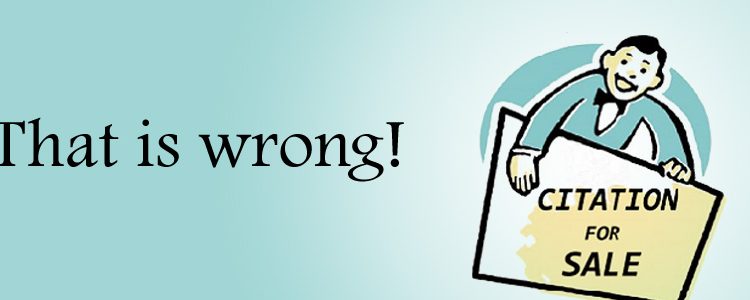An Introduction to Citation Stacking

Academic journals are coming under increased scrutiny for the actions they take to manage their rejection rates and their impact factors. Even as we embrace the broader impact measurements of article-level metrics (altmetrics), journal impact factor continues to impact the more established bibliometrics, i.e., citations, in particular.
The more citations a journal is able to generate from each issue, the higher the impact factor. There are some editors who are open to ways of “juicing” that number. They can add citations to an article under the guise of the peer review process. This remarkably deft way of manipulating the number of citations is called citation stacking. The journal editors and authors who practice citation stacking form the citation cartels. Similar tactics have earned the label of coercive citation, where an editor makes the addition of extra citations (often with tenuous relevance to the topic of the paper) a requirement for publication.
A Power Play
As an early stage researcher, your primary aim is to build a track record of publications. The journal editors often exercise considerable control on article publication. They determine how and which articles get published in each issue. A family of journals owned by the same publishing company can take the coercive citation model to the extreme. They cite both themselves and each other to aggressively promote their respective impact factors. In Thomson Reuters’ (TR’s) 2013 Journal Citation Report (JCR), several such anomalies in citations were discovered. This led to the suppression of 37 journals for questionable citation activity, and banning 66 journals completely for citation stacking after TR’s new algorithm flagged the anomaly.
How Does Citation Stacking Affect Journals & Authors?
Citation stacking affect journals and authors. Although it may apparently seem to be having a positive effect on both the journals and authors, the actual effect may be exactly opposite. It increases the number of citations both for journals and authors, but degrades the quality for both. Often, it has been observed that small, highly specialized journals have higher self-citation rates compared to larger journals as self-citations help improve the impact factor. This practice degrades the entire metric rating the journal’s quality and the science published. In a specific case in 2013, four Brazilian journals were banned from JCR for one year. The editors had colluded in the publication of a series of articles designed to boost the rankings of their respective journals.
Some of the journal editors have blamed it upon the academic publishing system. The editor of Clinics justified the behavior based on frustrations with the system giving less attention (and by definition lower impact factor rankings) to the credible research by Brazilian scientists who were only getting published in Brazilian journals. This is just one or two cases that have come up into limelight, with many more still practicing citation stacking. JCR tracks over 10,800 journals, which puts the 66 banned journals and 37 flagged journals to less than one percent. However, we still continue to give great importance to the volume of citations as a measure of impact. As long as this goes on, the temptation to boost that number will be too difficult for journals and publishers to ignore.




